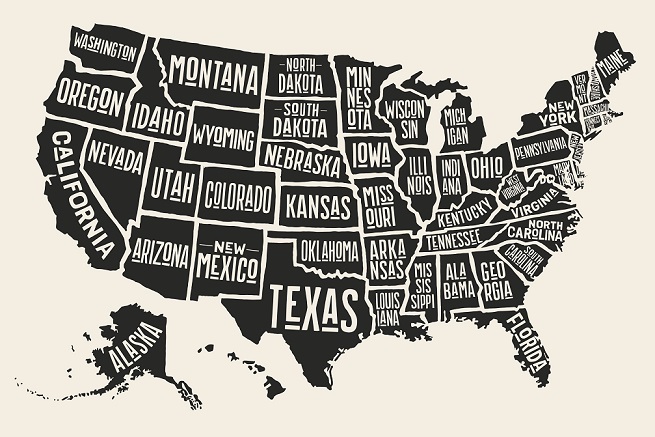
When Governor Doug Ducey declared the opioid crisis a public health emergency, the Arizona Department of Health Services quickly activated a team of folks from throughout our Department to help staff the response. One of the tasks I gave the team was to research what other states are doing to reduce opioid deaths. Our team looked at a variety of topics related to opioid prescribing practices, prescription drug monitoring programs, naloxone, reporting, medical education, substance abuse treatment, and prevention.
An exhaustive literature review was conducted to gather relevant and meaningful information to support discussion of each of the sixteen indicators included in the 50 State Review on Opioid Related Policy. Over 3,000 pages of text representing federal and state guidance documents, state task force publications, academic articles, federal, state, and local laws, administrative rules, and stakeholder contributions were reviewed. Information was then categorized by topic to provide a high level picture of what opioid intervention initiatives were taking place across the country. Each topic was allowed 1-2 pages of text to provide readers with a quick glance of what the current national landscape looks like, what strategies and initiatives may have shown positive impacts on reducing opioid morbidity and mortality, and what strategies and activities Arizona is currently engaged in compared to other states.
The Arizona 50 State Review on Opioid Related Policy is intended to assist partners and decision-makers in determining what additional programmatic and policy actions may be necessary as Arizona moves forward with its opioid initiatives. We hope that the Arizona 50 State Review on Opioid Related Policy is a helpful resource and adds value to the conversation on how best to address, and hopefully solve, the opioid crisis in Arizona and the United States.
The 50 State Review on Opioid Related Policy is housed on www.azhealth.gov/opioids under the Additional Resources tab. You’ll find appendices with additional information, including summaries of opioid prescribing regulation and guidelines throughout the U.S., links to opioid recommendations from other states , and how other states have implemented emergency responses.
Given that the latest real time data reported to us shows nearly 2,000 suspected opioid overdoses since June 15, with 263 of them fatal, finding solutions to
this tragic crisis is of the utmost importance.











